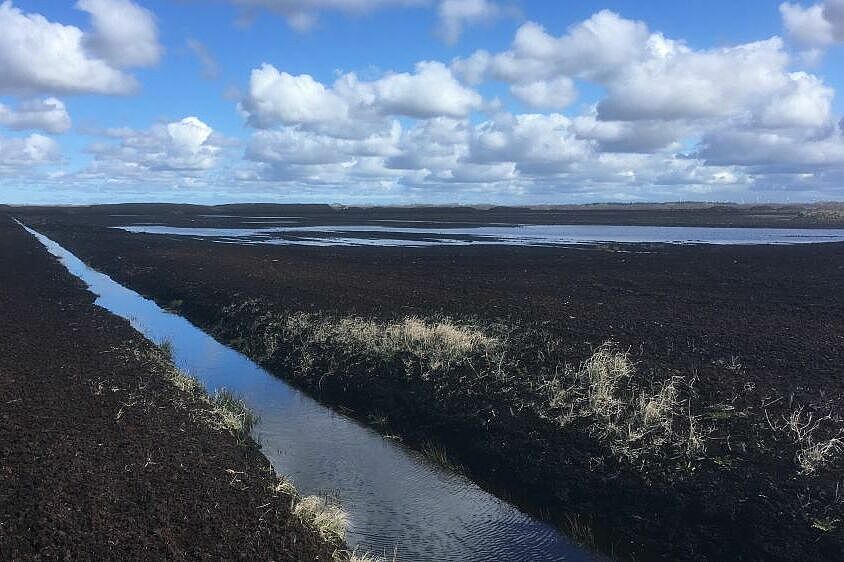These smouldering fires can release considerable greenhouse gases into the atmosphere, because peatland soils store much more carbon than other soils and also large amounts of nutrients. Researchers led by the University of Rostock with IGB have now shown that smoldering fires in peatlands therefore also involve a high risk of polluting adjacent freshwaters or groundwater.
Due to the consequences of climate change as well as direct and indirect drainage, peatlands are basically becoming more susceptible to fires. This is problematic because peatland soil stores particularly large amounts of carbon and nutrients such as nitrogen, phosphate, sulphur and fluorine, which can be released when peatland burns: Large amounts of the greenhouse gas carbon dioxide, for example, are then released into the atmosphere. "Peatland fires are bad for air quality, we already know that. We wanted to find out whether and to what extent the water in the peatland is polluted by the smoldering fires, because this can have consequences for adjacent aquatic habitats and drinking water resources," explained Bernd Lennartz, researcher at the University of Rostock and head of the study.
Water in the soil is contaminated
In smouldering fires, the temperature is relatively low and the soil does not burn completely. Once a peatland is burning, it is difficult to stop the process, also because no flames are visible. So, a smouldering fire can even last for months. The research team analysed the effects of smouldering fires on the chemical composition of the pore water in the soil of peatlands, which is in close contact with surface waters and groundwater. "The incomplete combustion of peat mobilises a variety of water pollutants that are leached into the pore water," said first author Haojie Liu from University of Rockstock .
For their study, the research team took soil samples from two fens used as agricultural grassland in Germany and three raised bog areas in Lithuania, simulated smouldering fires of different durations in the laboratory, then extracted pore water from the soil and analysed the concentrations of various substances.
The study shows that smouldering fires in agriculturally cultivated fens in particular can lead to the pollution of neighbouring waters and groundwater. In raised bogs, the risk is significantly lower.
Contaminants relevant to drinking water
Contaminants included dissolved organic carbon (DOC). Elevated DOC concentrations in drinking water can cause colour, odour and taste problems. Removing DOC from water sources is a major cost factor in water treatment, and incomplete removal of DOC can lead to the formation of trihalomethanes, which are potentially carcinogenic, which is why DOC limits for drinking water are internationally mandated by the World Health Organisation (WHO). In fens, a smouldering fire of 2 to 5 hours already caused a more than tenfold increase in DOC concentration.
Other pollutants in the pore water were sulphate and fluoride, which are also regulated by limit values for drinking water because of their risk to human health. After a few hours of smouldering, they were also clearly above the limit values.
"We also found signs in this study that the intensity of peatland use has an influence on the form of the contamination. In the case of agriculturally cultivated fens, we assume that fertilisers and pesticides have caused a particularly high accumulation of fluoride in the soil. After smouldering of the soil, the pH value increased, which can reduce the adsorption capacity for fluoride, so that water-soluble fluoride was released in large quantities," said co-author Dominik Zak, researcher at IGB and the Danish University in Aarhus.
The authors therefore advocate close monitoring of the water quality of adjacent water bodies after peatland fires – especially for peatland areas that are also used for agriculture.

